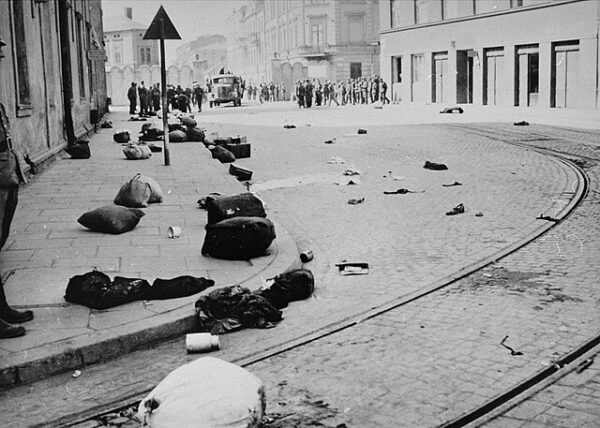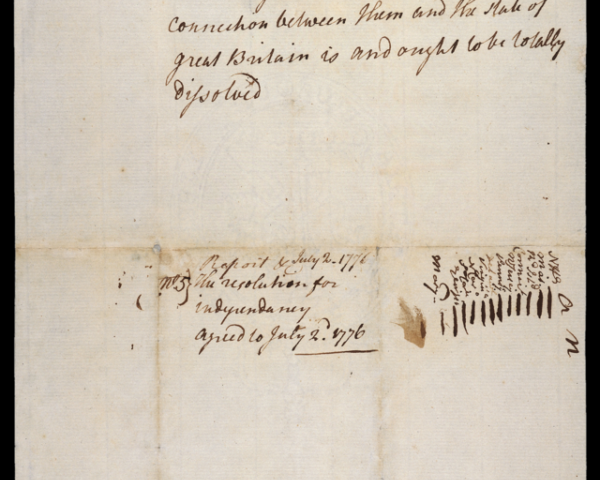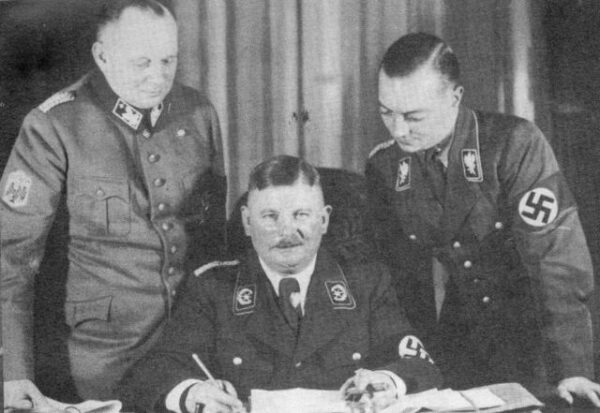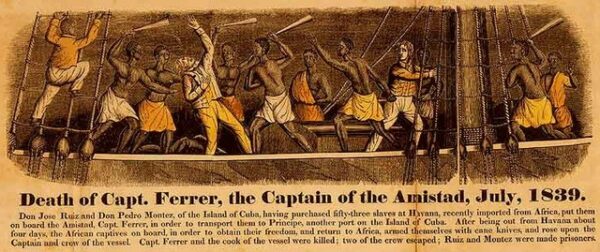Following the attack on Poland in 1939, Nazi forces made Kraków the capital of the General Government, an occupied territory not initially annexed into the Third Reich. Soon after the invasion, persecution of the city’s Jewish residents began, marked by the compulsory wearing of identifying armbands.
In 1941, the Nazis established the Krakow ghetto, confining the tens of thousands of Jews into a small, congested area, stripped of their basic rights and subjected to squalid living conditions. Despite enduring such hardship, the ghetto served as a center of resistance and resilience, with clandestine activities and acts of defiance against the oppressors.
However, in March 1943, the Nazis initiated the “liquidation” of the ghetto, a meticulously planned operation aimed at the wholesale extermination of its inhabitants and enacting one of the worst humanitarian crimes in history. Under the command of SS officers, troops cordoned off the area, sealing its fate with a calculated ruthlessness. Fear and panic gripped the ghetto’s residents as they realized the impending horror.
The Nazis employed a variety of tactics to achieve their sinister objectives. Armed soldiers conducted house-to-house searches, rounding up Jews and subjecting them to arbitrary selection processes. Families were torn apart, with loved ones separated and sent to different destinations, often to face death in concentration camps like Auschwitz-Birkenau.
Resistance, though valiant, was brutally suppressed. Any semblance of defiance was met with swift and merciless reprisals, as Nazi forces unleashed a barrage of violence upon the ghetto’s inhabitants. Buildings were set ablaze, and streets became battlegrounds as desperate residents fought for their lives against overwhelming odds.
For those who managed to evade immediate capture, life in hiding became a perilous gamble. Underground networks provided fleeting sanctuary, but even there, the specter of discovery loomed large. Every noise, every footstep, could spell doom, as betrayal lurked in the shadows, ready to betray the desperate and the vulnerable.
In the aftermath of World War II, Krakow and the world bore witness to the devastation wrought by the Nazis. The empty streets of the ghetto stood as silent testimony to the lives lost and the communities shattered. Yet, amid the rubble and ruins, the indomitable spirit of those who resisted and survived served as a beacon of hope and defiance against the darkness.
Today, the memory of the Krakow ghetto and its inhabitants endures as a solemn reminder of the atrocities committed during the Holocaust.






